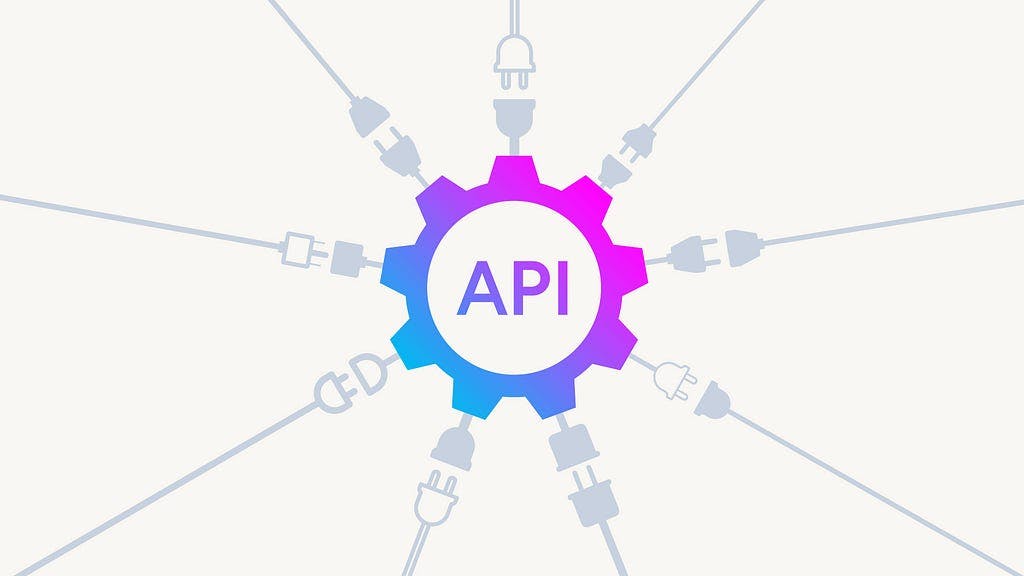API Design is the process of creating a structured and well-defined interface that enables communication and interaction between different software applications. An API (Application Programming Interface) provides a standardized set of rules and protocols that enable two software systems to communicate with each other. It serves as an intermediary layer between different software applications, allowing them to exchange data and functionality without requiring direct access to each other’s code or internal workings.

The importance of good API design cannot be overstated. A well-designed API can simplify the integration process, reduce development time, and improve the user experience. On the other hand, a poorly designed API can be difficult to work with, error-prone, and frustrating for developers and end-users alike.
To create a good API design, there are several key factors that must be considered. These include the target audience, the problem the API aims to solve, the response type, the use-case, scalability, and documentation.
Target audience: It is essential to define the target audience for the API. Will it be an internal tool for developers within the organization, or will it be a product that other parties may need? Defining the target audience helps to determine the level of technical expertise required and the necessary level of detail in the documentation.
Problem: The API must solve a specific problem. Understanding the problem the API aims to solve is crucial for designing the appropriate endpoints and data structures.
Response type: The API must clearly define the endpoints and successful or unsuccessful calls. Standard failed HTTP request status codes must be used, including 301, 403, 500, etc.
Use-case: The use-case of the API should be well-defined. It is important to understand how the API will be implemented and used, as this is essential for testing and debugging. Common API architectures include REST, GraphQL, and RPC, while common data formats are JSON, XML, binary, etc.
Scalability: The API should be designed to handle an increase in demand. It should be resilient, expandable, and able to handle a growing user base.
Documentation: Clear and detailed documentation is essential for other developers to successfully integrate the API. The documentation should include the structure, behaviors, and parameters that need to be defined.
When designing an API, it is important to keep these factors in mind and to use a consistent and standardized approach. Consistency and standardization help developers to easily understand and use the API, reducing the likelihood of errors and issues.
There are several best practices that can be followed when designing an API. These include:
- Keep it simple: The API should be simple and easy to use. Avoid over-complicating the API with unnecessary features and functionality.
- Follow standards: Use established standards and protocols, such as REST and JSON, to ensure compatibility and ease of use.
- Use descriptive and meaningful names: Use clear and descriptive names for endpoints, parameters, and data structures to help developers understand their purpose and use.
- Be consistent: Use a consistent approach throughout the API, including naming conventions, error handling, and data formats.
- Design for the user: Design the API with the end-user in mind, focusing on ease of use and a positive user experience.
In summary, API design is a critical part of software development. A well-designed API can simplify the integration process, reduce development time, and improve the user experience. When designing an API, it is important to consider the target audience, problem, response type, use-case, scalability, and documentation, and to follow best practices such as simplicity, standardization, consistency.
[ API Image ] https://atulhost.com/wp-content/uploads/2018/07/api-design-strategy.jpg

Ensure that you follow the best practices when designing your next API. was originally published in Bootcamp on Medium, where people are continuing the conversation by highlighting and responding to this story.

